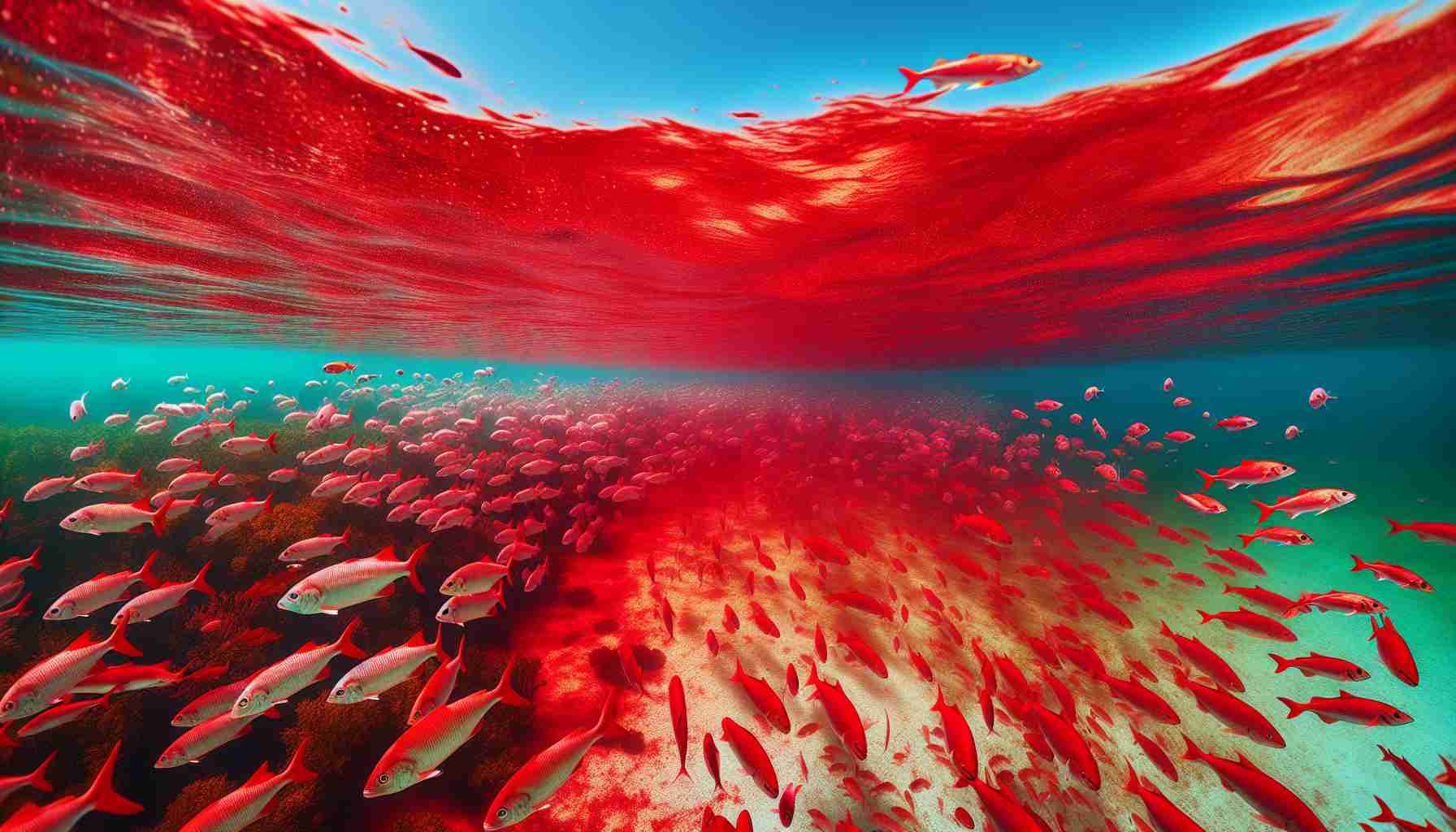
TAMPA – Environmental experts are increasingly alarmed by the effects of red tide on the state’s marine ecosystem, especially in light of recent hurricanes. Following Hurricane Milton’s landfall on October 9, scientists noted significant chlorophyll levels off Florida’s Gulf Coast, a possible early indicator of red tide blooms. The most substantial chlorophyll readings were found from south of Cedar Key to west-central Florida, an area heavily impacted by the hurricane.
Research indicates that powerful storms can stir up seawater, promoting the growth of algae blooms. These blooms can be both beneficial and harmful, depending on the type of phytoplankton present. A leading oceanography professor remarked on the heightened surveillance of red tide, particularly after it was aggravated by the hurricanes.
Hurricanes can exacerbate red tide conditions through increased land runoff, washing fertilizers and pollutants into the ocean and creating environments conducive to harmful algal growth. Past hurricane events, such as Hurricane Ian in 2022, have been linked to significant red tide occurrences, leading to the death of hundreds of marine animals.
Health experts also warn that red tide can affect humans, causing respiratory issues. Current data shows a drastic impact on manatees, with over 120 reported fatalities linked to red tide toxins between late 2022 and mid-2023. With only around 7,500 manatees remaining in Florida, wildlife officials urge the public to report distressed animals to help ensure their survival.
Concerns Rise Over Red Tide Impacting Florida’s Marine Life
As Florida grapples with the environmental aftermath of Hurricane Milton, the troubling phenomenon known as red tide has reemerged as a critical concern for marine life and public health. The recent spike in chlorophyll levels observed along Florida’s Gulf Coast has raised alarms among scientists and environmentalists alike, highlighting the urgent need to address this complex issue.
Key Questions Surrounding Red Tide
One pressing question is, what exactly causes red tide? Red tide is primarily caused by the proliferation of Karenia brevis, a species of phytoplankton that produces toxins harmful to marine organisms and humans. Understanding the conditions that favor this algal bloom is vital for developing effective management strategies.
Another crucial inquiry is, how do hurricanes exacerbate red tide? The turbulent waters stirred by hurricanes can redistribute nutrients, such as nitrogen and phosphorus from agricultural runoff, into coastal areas. This influx of nutrients creates an ideal environment for harmful algal growth, thereby intensifying red tide outbreaks.
Additionally, what are the long-term impacts of red tide on marine ecosystems? The detrimental effects are not limited to immediate fish kills; prolonged exposure to red tide can disrupt food chains and alter habitat conditions that are essential for species recovery and biodiversity.
Challenges and Controversies
One of the main challenges in addressing red tide is the need for comprehensive monitoring and research. Current data collection efforts are often sporadic, making it difficult to predict red tide outbreaks accurately. The controversy surrounding nutrient runoff regulations presents another hurdle, as agricultural interests often clash with conservation efforts, highlighting the complexities of environmental governance.
The potential economic impact of red tide cannot be overlooked either. The tourism industry, particularly in coastal towns, faces significant risks with reports of fish kills and respiratory issues from airborne toxins. Moreover, the fishing industry experiences financial strain as contaminated waters lead to fishery closures.
Advantages and Disadvantages
Advantages of Addressing Red Tide:
1. Enhanced environmental protection for marine life, contributing to healthier ecosystems.
2. Improved public health outcomes by reducing air and waterborne toxins.
3. Economic benefits from sustainable tourism and fishing practices.
Disadvantages:
1. The cost of implementing extensive monitoring and regulatory frameworks can be high.
2. Potential pushback from agricultural stakeholders who may perceive regulations as threats to their livelihoods.
3. Balancing immediate economic interests with long-term environmental sustainability can complicate policy-making.
Conclusion
As Florida faces increasing threats from both hurricanes and red tide, it becomes crucial to engage in proactive management strategies. Uplifting public cooperation in wildlife reporting and supporting research on harmful algal blooms can make significant strides toward preserving the state’s precious marine life. Understanding the intricacies of red tide will empower scientists, policymakers, and the public to work collaboratively towards a healthier ecosystem.
For more information on red tide and its impacts, visit Florida Fish and Wildlife Conservation Commission and explore ongoing research and management efforts in the region.



